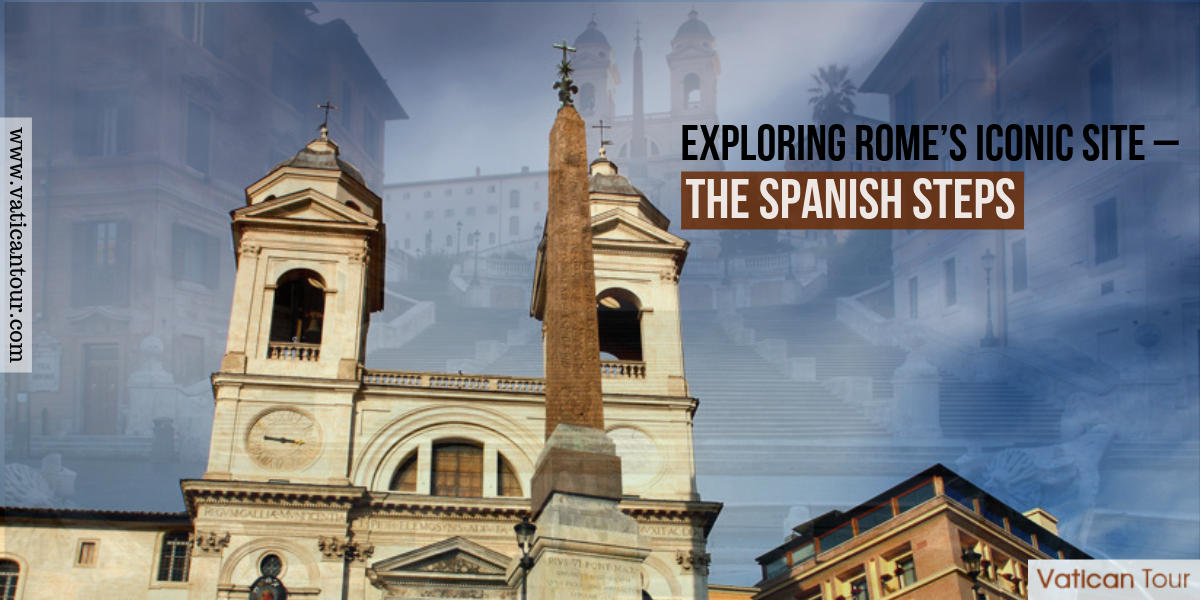Rome is a collection of photo-worthy spots; its streets, laden with ancient treasures, recreate regal frames for photography buffs as well as Instagrammers. One such photogenic location, the Spanish Steps, is well-liked by the locals, who gather to people-watch, relax and enjoy the charming views. We recommend that all tourists visit the Spanish Steps and capture postcard-perfect images.
The architecture of the Spanish Steps is pretty impressive. This massive 138-step, stone staircase features a mix of straight flights, curves and terraces. It is backdropped by the imposing, twin tower church Trinità dei Monti. Keep reading to know the interesting history behind this much-loved, open-air landmark.
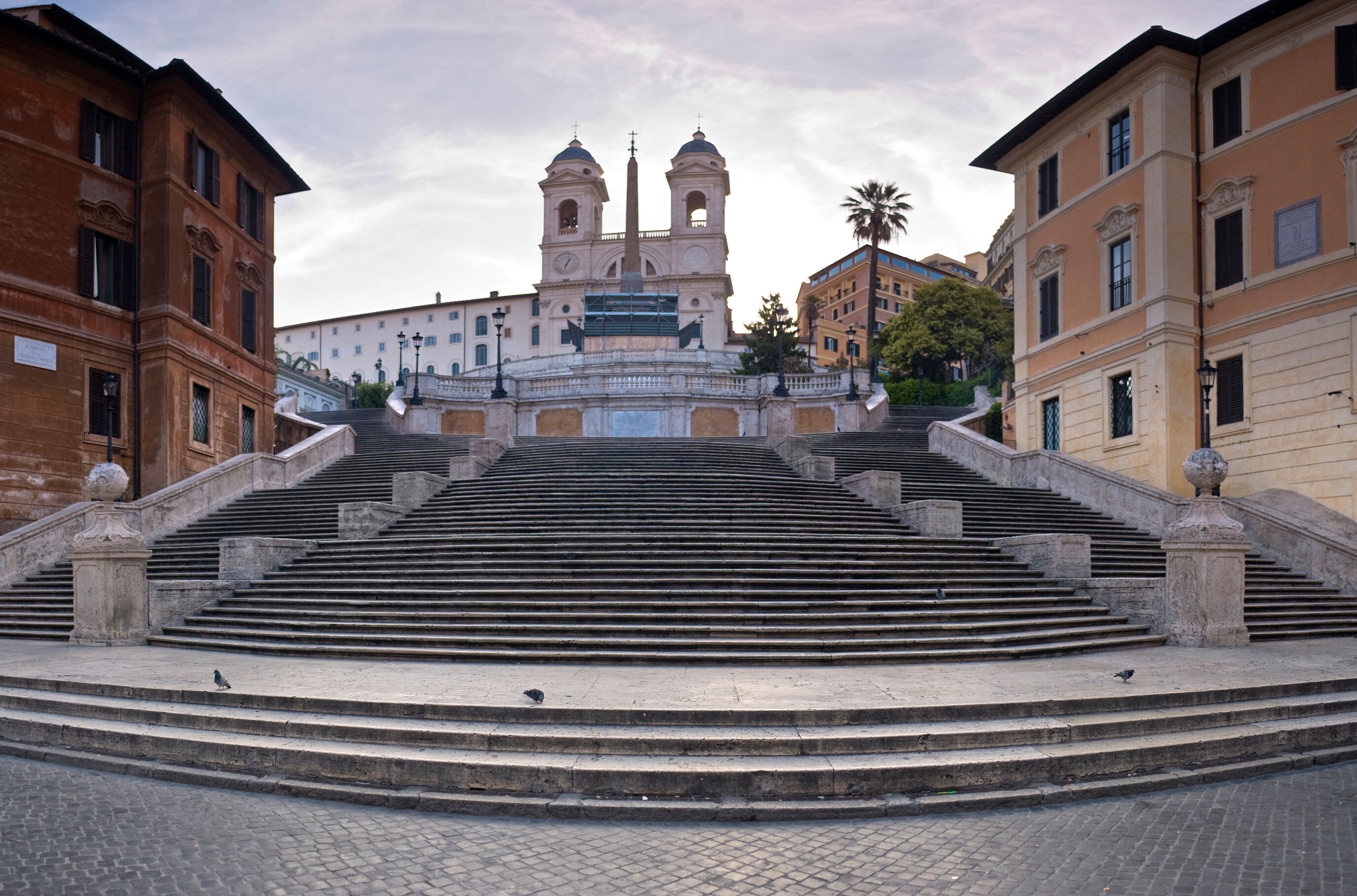
Story of the Spanish Steps
Constructed in the 1720s, the Spanish Steps were designed to link the church Trinità dei Monti located above with Piazza di Spagna situated below.Piazza di Spagna or Spanish Square is so named because of the presence of the Spanish embassy in the piazza.The Spanish Steps were financed by Étienne Gueffier, a French diplomat representing the royal house of Bourbon.
Before 1861, which was the year of Italian Unification, it was usual for kings of other nations to build grand infrastructures in efforts to influence the Vatican. Building this enormous stone stairway was actually a bold display of power by the French empire. During that period, Spain was ruled by the Bourbon French. So, connecting the church Trinità dei Monti, another architecture funded by the French, with the Spanish Square was an important political move.
Quick Sightseeing around Spanish Steps:
Fountain of the Boat
At the centre of the Spanish Square is the gorgeous Fountain of the Boat, representing the Great Flood that hit Rome in 1598. As the legend goes, River Tiber overflowed and a fishing boat was found in flooded Piazza di Spagna. This incident inspired the sculpting of the baroque fountain, which was completed by Pietro Bernini in 1629. Himself a celebrated sculptor, he was the father of the greatest baroque architect, Gian Lorenzo Bernini. The Fountainof the Boat features a sinking, flat-bottomed boat high in artistic quality.
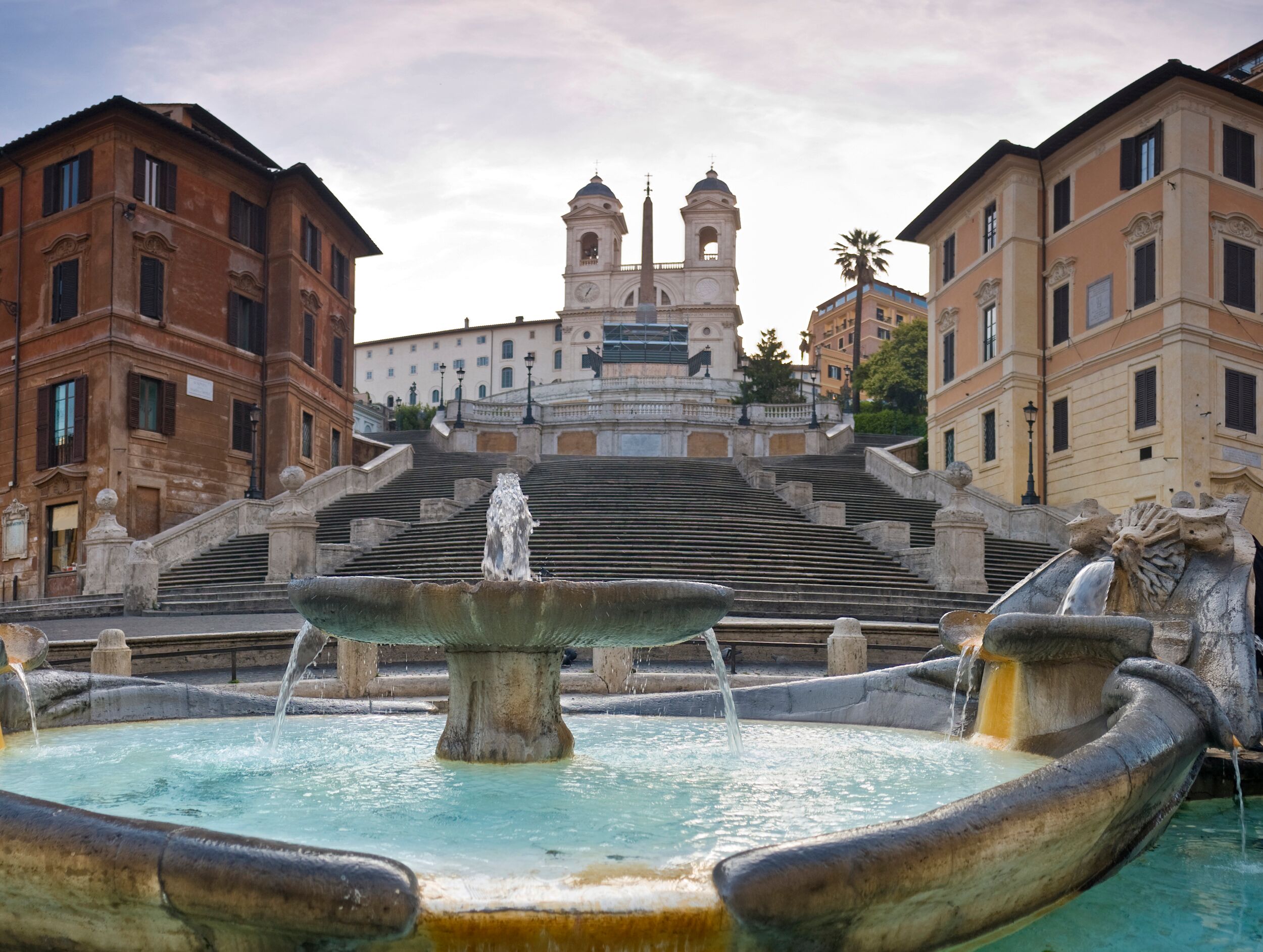
Keats-Shelley Museum
Located to the bottom right of the Spanish Steps is the house where renowned romantic poet Keats took his last breath. Taken ill with tuberculosis, he came to Rome to escape the harsh British winter. Sadly, the warm Mediterranean weather wasn’t enough to recover his health and the 25 year old genius passed away in this house in 1821. Subsequently, his residence was turned into a museum dedicated to legendary romantic poets.
The Fountain of the Boat played a valuable role in the poet’s life. Keats, in his works, mentions how he took solace in the soothing sound of the fountain’s flowing water during his illness.
Enjoyable Activities:
Throughout the year, this legendary staircase serves as a popular setting for seasonal events. In spring, the Spanish Steps is the site of beautiful floral displays. During Christmas, a lovely nativity scene is made here, while in summer, a trendy fashion show is organized. Hence, this place receives an energetic crowd year-round, and the air is always filled with laughter and chatter! However, snacking on the steps is a big no-no – you can be fined heavily for littering.
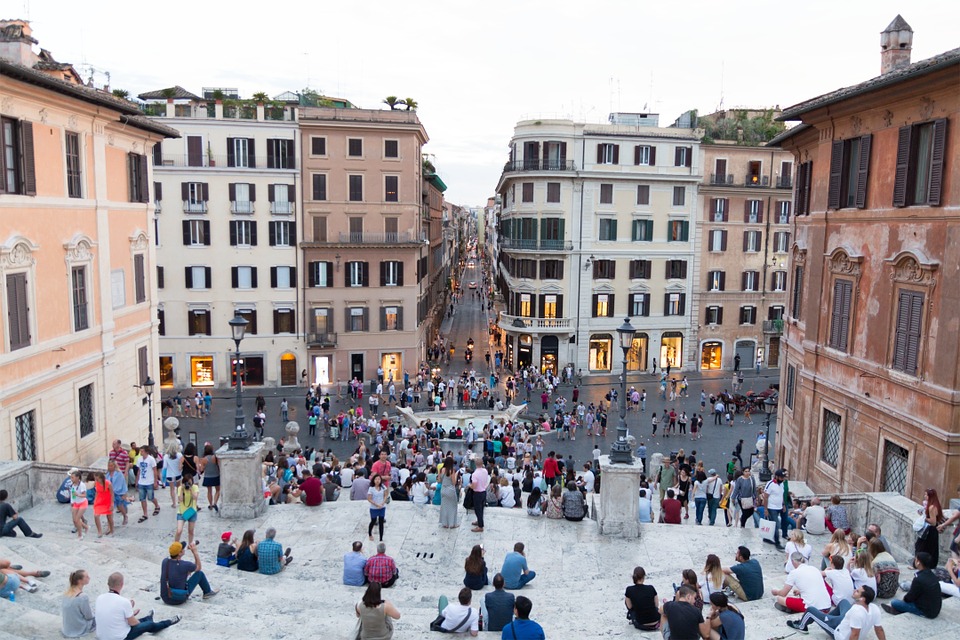
The neighbourhood around the Spanish Steps is the hub of luxury fashion. Exclusive Italian labels, such as Armani, Prada, Fendi and Gucci, showcase their elite collection in flagship stores nearby. These attractive streets are excellent for strolling along, window shopping or splurging on the dream items you’ve always wished for!
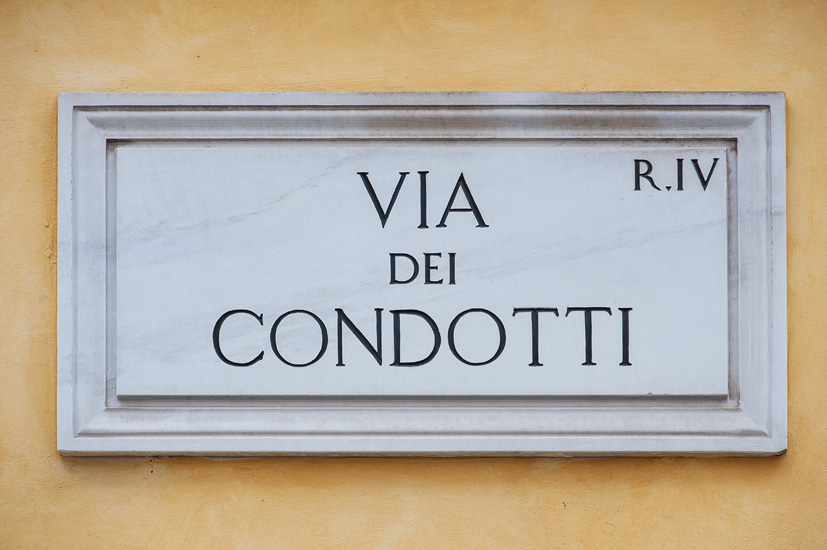
Vatican Tours
Make your exploration of the historic city a remarkable one by choosing Vatican Tours. You can select from our various 5-star rated tours. If this is your first visit to the Eternal City, our Rome evening tour is a must! This walking tour takes you through the city centre, allowing you to discover some of the finest monuments and experience la dolce vita.You can also check our best Vatican City tours that offer VIP (skip lines) access and private, English-speaking guides, ensuring a unique and seamless tour experience.
READ ALSO OUR NEW UPDATES
- Discovering Secrets from Past in the Neighbourhood of The Colosseum
- 3 Nifty Tips to Read before Visiting the Colosseum in Rome
- The Perfect Vatican City Tour in One Day
- Frequent Visitors Must Indulge in These Activities in Rome
- 3 Must-Visit Historical Attractions in Rome 2018
- Why Should You Visit Rome in Winter?
- A Day in Rome’s Trastevere Neighbourhood!
- Ancient Bridges in Rome
- A Brief Background of Rome’s Most Iconic Sculptor: Bernini
- Eating Outside: 3 Best Restaurants in Rome
- Exploring Rome: Top 3 Things to Do

